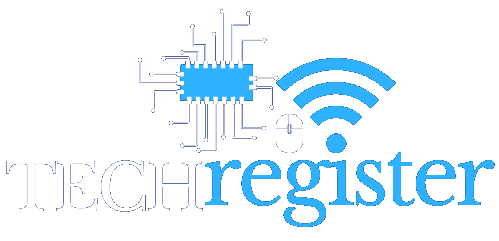
During its onstage presentation, Intel offered new details about the Gaudi 3 architecture, performance, and the OEMs committed to bringing it market and touted a number of new customers. The company cited more than a dozen “partners” using its Gaudi 3 accelerators, including Naver Corp., Bosch, NielsenIQ, and Seekr.
Historically, Nvidia has led the AI hardware market with it GPUs (graphics processing units) and TPUs [tensor processing units], created to power and train large language models and AI applications. Intel positioned its Gaudi 3 as a direct competitor to Nvidia’s H100 GPU.
The Gaudi 3 delivers 50% on average better inference and 40% on average better power efficiency compared to the Nvidia H100 – “at a fraction of the cost,” Gelsinger said. According to Intel, the Gaudi 3 accelerators can deliver four times AI compute for computer memory systems suing the BF16 floating point format and 1.5 times the in-memory bandwidth over Gaudi 2; it also offers twice the networking bandwidth compared to its predecessor.
Intel used TSMC’s 5nm process to build the Gaudi 3 chips, which are now available to original equipment manufacturers (OEMs) including Dell, HPE, Lenovo and Supermicro for AI data center market. The chip is designed to be strung together with thousands of others in racks within data centers.
Last year, Nvidia controlled about 83% of the data center chip market, with much of the remaining 17% dominated by Google’s custom tensor processing units (TPUs).
Benjamin Lee, a professor at the University of Pennsylvania’s School of Engineering and Applied Science, said Intel’s trajectory isn’t an easy one and it has challenges to being competitive with Nvidia.









